Congratulations, you have survived 2020, quite possibly the biggest dumpster fire of a year since, the Bubonic Plague. I don’t think there’s any reason to rehash the bad stuff, none of us will ever forget it anyway. But now that we have survived that, we are faced with the task of surviving the winter.

January gets a bad rap as the worst of the winter months but I don’t see it that way, December gets all the fluff because there are so many important holidays in there for so many people and, yes, I’m including Festivus as one of them! So it’s all this business about it being the most wonderful time of the year and the three ships sailing in and egg nog and watching Home Alone and Elf back to back for 12 nights in a row… then we light that last candle or hang the last ornament and air the last of the family grievances, and we reluctantly descend into this snowy hell tunnel called January and it seems to last forever.
Winter Stripes
But if you’re hardy enough to deal with the weather, there are plenty of ways to bend a rod in January. Since this is geared toward the surfcaster, the most obvious species to try to hunt down is the striped bass. You might be surprised how many backwater estuaries hold stripers through the winter in Massachusetts, Rhode Island and Connecticut. I’m going to stay away from naming any of these locations here because they are sensitive spots that can become overrun with anglers in a matter of a few weeks and the place will never be the same again. Just this year one of my all-time best-kept secrets was blown up by a few internet heroes beating their digital chests, pretty disgraceful, and, thanks to them, the few of us that have been fishing it for a more than a decade will never see the solitude it once provided, ever again. I’m not saying that to whine about it, I’m just pointing that out so that you don’t ruin your own fun by telling the wrong people.

It would be easy to assume that winter stripers might be lethargic, rare and hard to catch, this has not been my experience. It’s no accident that these bass return to these backwaters year after year, these spots have unique characteristics that call them to return every winter—and the numbers of bass that pile into these areas can be mind-blowing. If you’ve ever been on a boat with electronics on one of these rivers or bays, then you’ve seen the schools, dozens of feet thick, stretching on for a football field or more. When the fishing turns on, the bite can be hotter than the most ferocious fall blitz. If you show up on a tide when the fish just aren’t biting, it will likely be a long, cold day.
These fish will hit a variety of offerings but the most popular baits are soft plastic paddletails rigged on a leadhead. Most anglers stick to baits measuring 5 inches or less and it’s rare that anyone throws a leadhead heavier than 3/4-ounce—unless there’s heavy current to contend with. The most popular soft plastics are Cocahoe Minnows, Housy Minnows, Zoom Swimmers and Tidal Mullets. The most popular leadheads are the Mustad Elite Bullet Jigheads and the ZMan Headlockz. Another popular soft plastic is the unflappable 4-inch Tsunami Swim Shad. In contrast to the soft baits, plastic swimmers like the SP Minnow and the Mag Darter also do damage, day and night.

Most of the time, a slower retrieve will draw the most strikes, but the mood of the fish can change just like any other time of the season. The days when the bite is red hot I have found that faster retrieves sometimes produce the best results, these are often the times when the hard bodied swimmers crush. I take this to mean that the schools of fish are on bait and actively pursuing it and a faster retrieve is a better representation of how the bait is moving in relation to the fish. Finding backwater stripers takes some perseverance, but when you find a little honey hole It can really work wonders on taking the sting out of the winter drag.
Green Bass
I took more than a decade off from freshwater fishing when I fell in love with the salt, but when I got back into it, it was like riding a bike. It didn’t take long for me to figure out how to catch them in the surfcasting offseason, either. The funny thing about that is, I used to consider December, January and February the offseason for freshwater bassing too! I sure wish I could go back in time now with the knowledge I have today! The game changed when I was introduced to the suspending jerkbait.

While a largemouth bass might crush a fast-moving Whopper Plopper in July, that same fish is likely to be drawn to slower-moving baits in the winter. A suspending jerkbait is an amazing lure because you can literally stop it dead in it’s tracks and it will just sit there, for as long as you can stand to wait. Typically, the pause is not more than five seconds, but I have caught fish on days with a slow bite counting as long as 25 seconds between jerks. Let me tell you, there’s nothing more gratifying than waiting that long and then getting smashed by a 4-pounder in January. The baits I like are the Flash Minnow from Lucky Craft, the Smithwick Rogue and the Vision 110 from MegaBass, stay tuned to our social media because it looks like we’re going to be stocking MegaBass products for fresh and salt water soon. I have done very well on colors that mimic baby bass along with any color that features an orange belly during the winter months.
On the days when the jerkbait bite just won’t materialize, throwing jigs into heavy cover can produce some pigs. Wintertime means a lot of the vegetation these bigger fish were relating to in the summer is gone, this can push them into hard structure like logs, bushes, boulders and stone walls. I, personally, have not had a banner jig day in the winter, but I know they happen and I have definitely noticed that the jig has a higher probability of hooking something worth taking a picture of.

The weather plays a big role in cranking up the winter largemouth fishing. One of the best days I ever had freshwater bass fishing was January 4th about five years ago. We were forecast to get a massive snowstorm with temps diving into the teens overnight, it was a comfortable 45 the afternoon we were fishing. It was one of those days with heavy cloud cover and almost no wind, you know, those times when you can feel a big weather change coming. We were both throwing jerkbaits and between the two of us we landed almost 50 bass averaging 2 pounds with the largest touching the 5-pound mark. The fish were still biting at dark, but we went home before the weather turned. The next day everything was covered in snow and the pond was iced over solid. That hurt, but at least we went out with a bang.
A Hard Freeze
I am not an ice fisherman, so when January lives up to its stereotype, snow flies, ponds freeze and the rivers lock up with ice floes… I turn my attention to preparing for the season ahead. Organization is not my strong suit, I tend to throw plugs into boxes and let them become a tangled mess by the end of the season. If you were to systematically disassemble these boxes you could pick apart my season and see the progression of plugs that I was adding to the hardcore regulars that are always present in my bag. A forensic study of how I fish through the months. I have to get better about this.
But when winter really becomes… winter, it’s a great time to sit down in the warm house, pretend to watch something wholesome or romantic with the wife and tie up 9,000 leaders in anticipation of the season ahead. I keep it pretty simple, I tie nearly all of my leaders from 60-pound Ande Mono, with a few made from 30 for the springtime and some made of 40 for nights when fire (bioluminescent plankton) is a problem. Tactical Angler Power Clips are the favorite of nearly every surfman on the planet, I use the 50-pounders for springtime fishing and the 125s for any time I’m casting in the open surf. I like to coil and then individually bag my leaders, I use small ‘dimebag’ Ziplocs in a 2-1/2 by 2 inch size.
Something else I really enjoy doing is pulling all the hooks and split rings off my workhorse plugs and swapping them out with all new jewelry. This means getting a few bags of each size of VMC Treble Hooks and several sizes of split rings. For most of my plugs I have found no reason not to trust the Rasco Split Rings in sizes 5 and up. If I need smaller split rings then I go with the Spro Power Splits. I also use the Spros on any plug with a fixed hook hanger, just some added insurance against the forces of leverage. This past season I put some time in with the VMC Fish Fighter Trebles which are not only stronger, but, in my estimation, the coating is slicker and tougher which leads to longer lasting hooks that penetrate better. I really don’t even use 3/0 ‘regular’ VMCs anymore because I have bent so many of them out and the Fish Fighter 3/0s are FAR superior. I have bent out my share of 4/0s as well, and I’m getting closer and closer to making a full switch to Fish Fighter 4/0s also.
If this can’t get you through January, you might want to take up some kind of therapeutic secondary hobby like Yoga or playing the pan flute. No one would blame you after living through 2020. But don’t get too excited, surviving January is a breeze… February is something else altogether. I’ll be back in a month for your next therapy session. Keep your chin up.


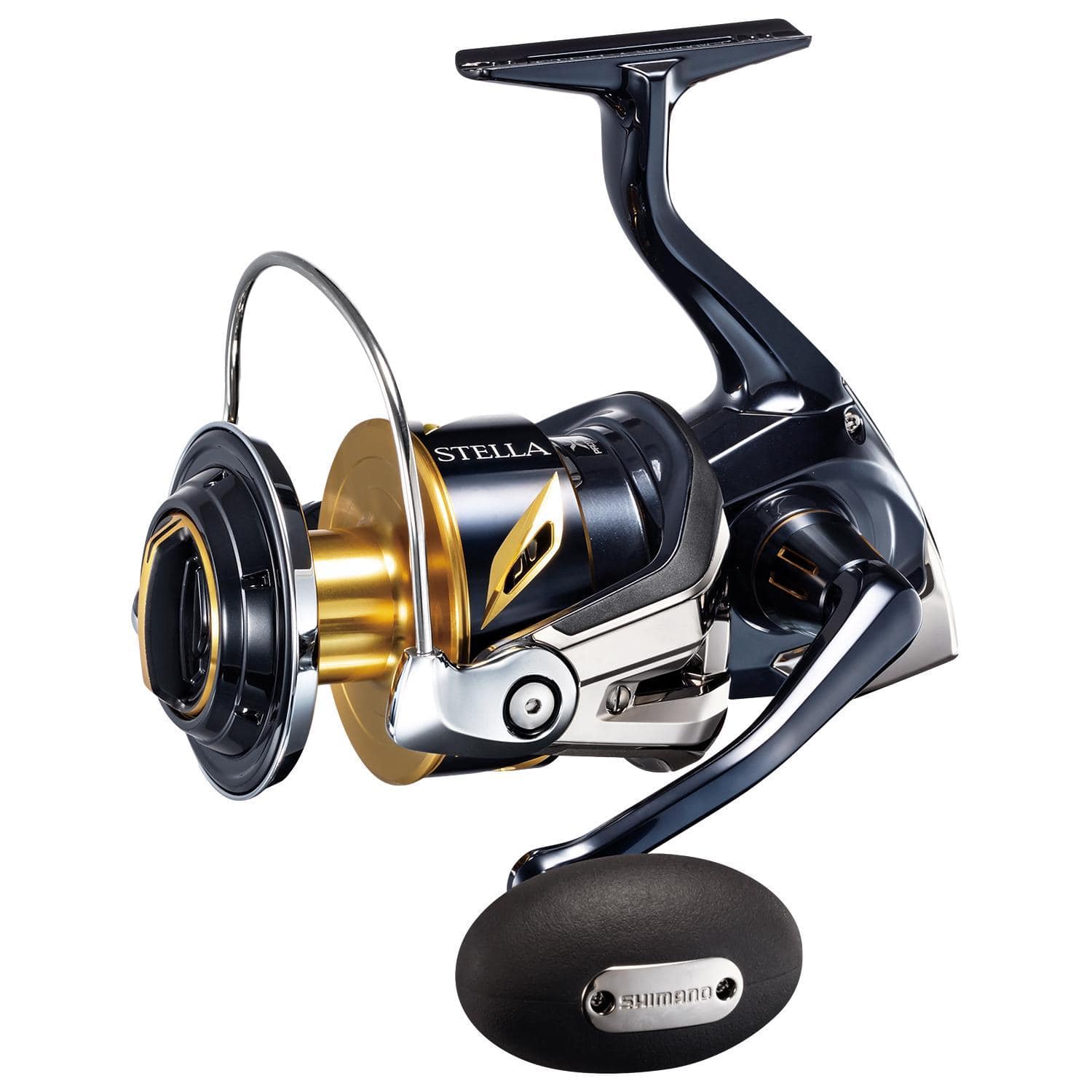





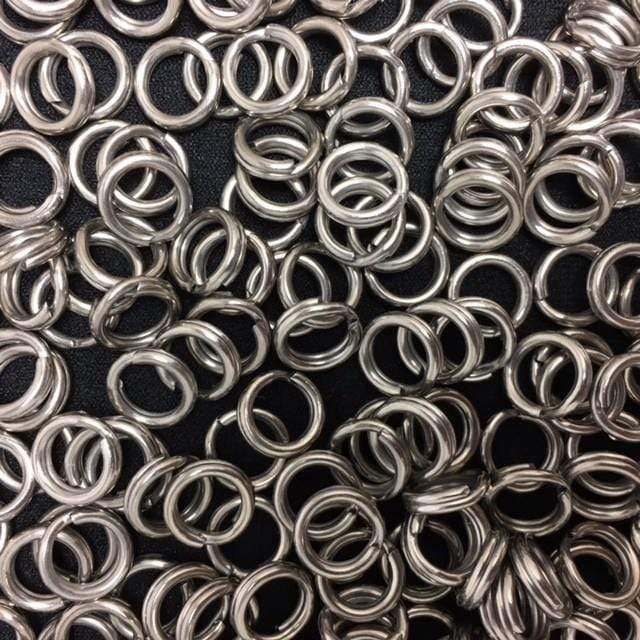
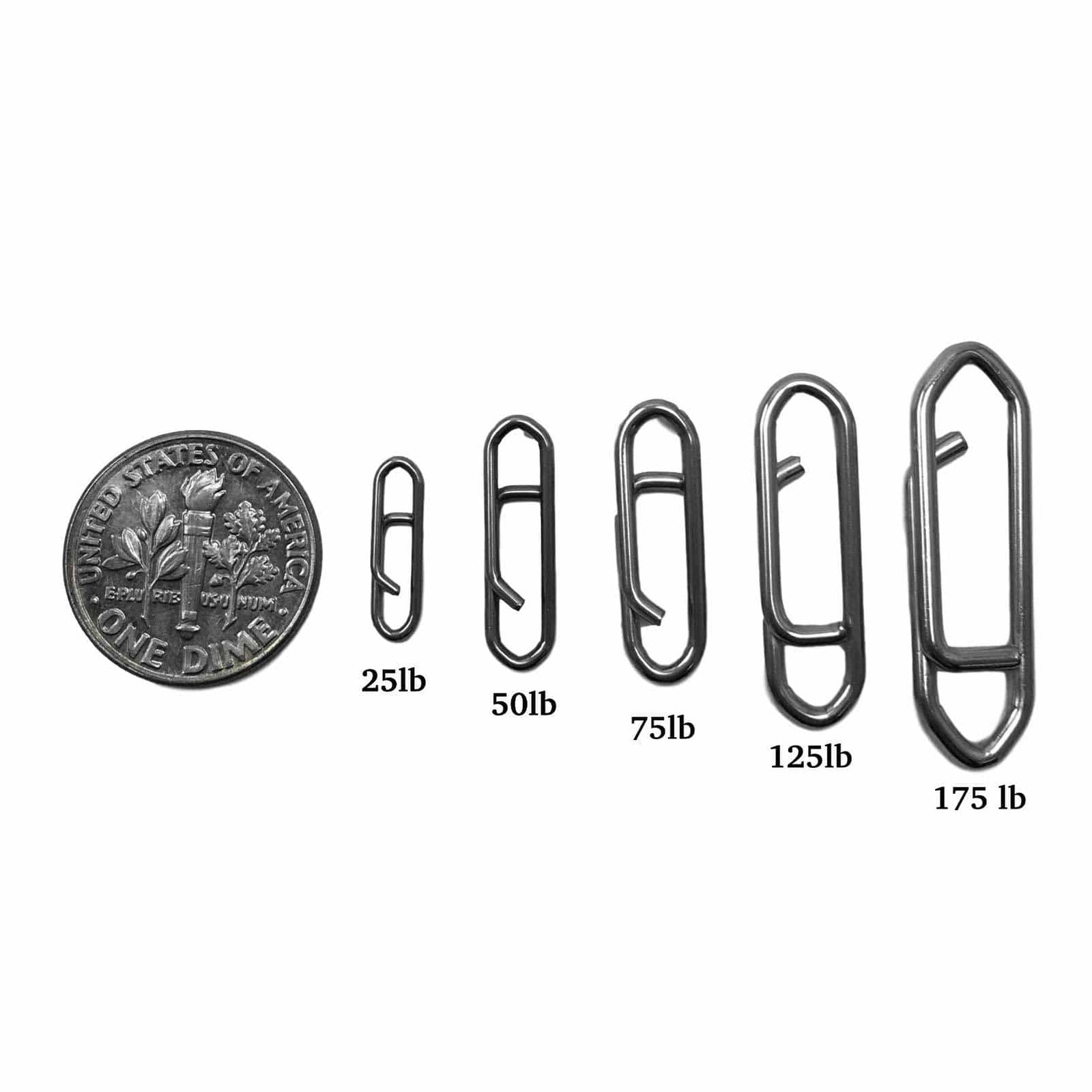






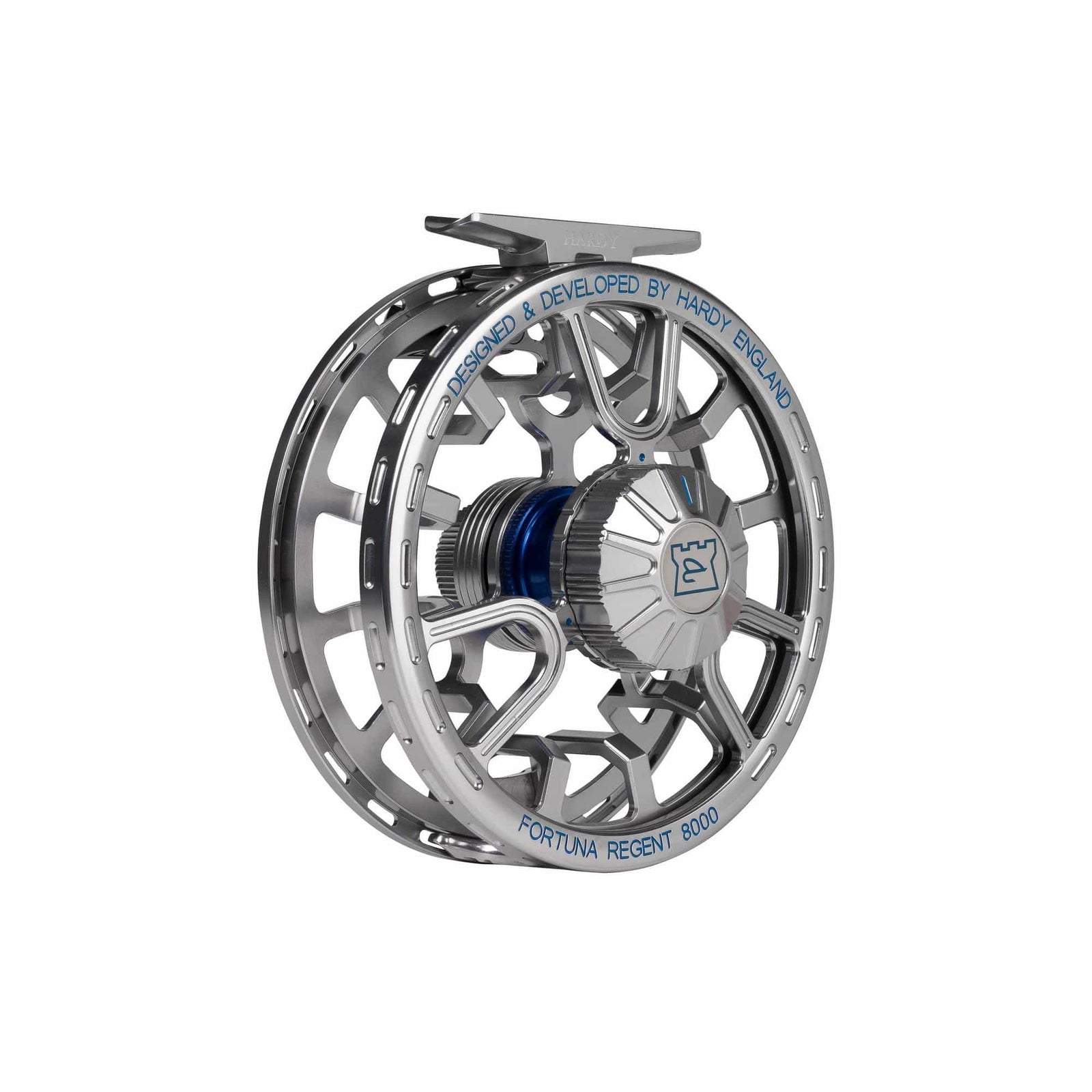
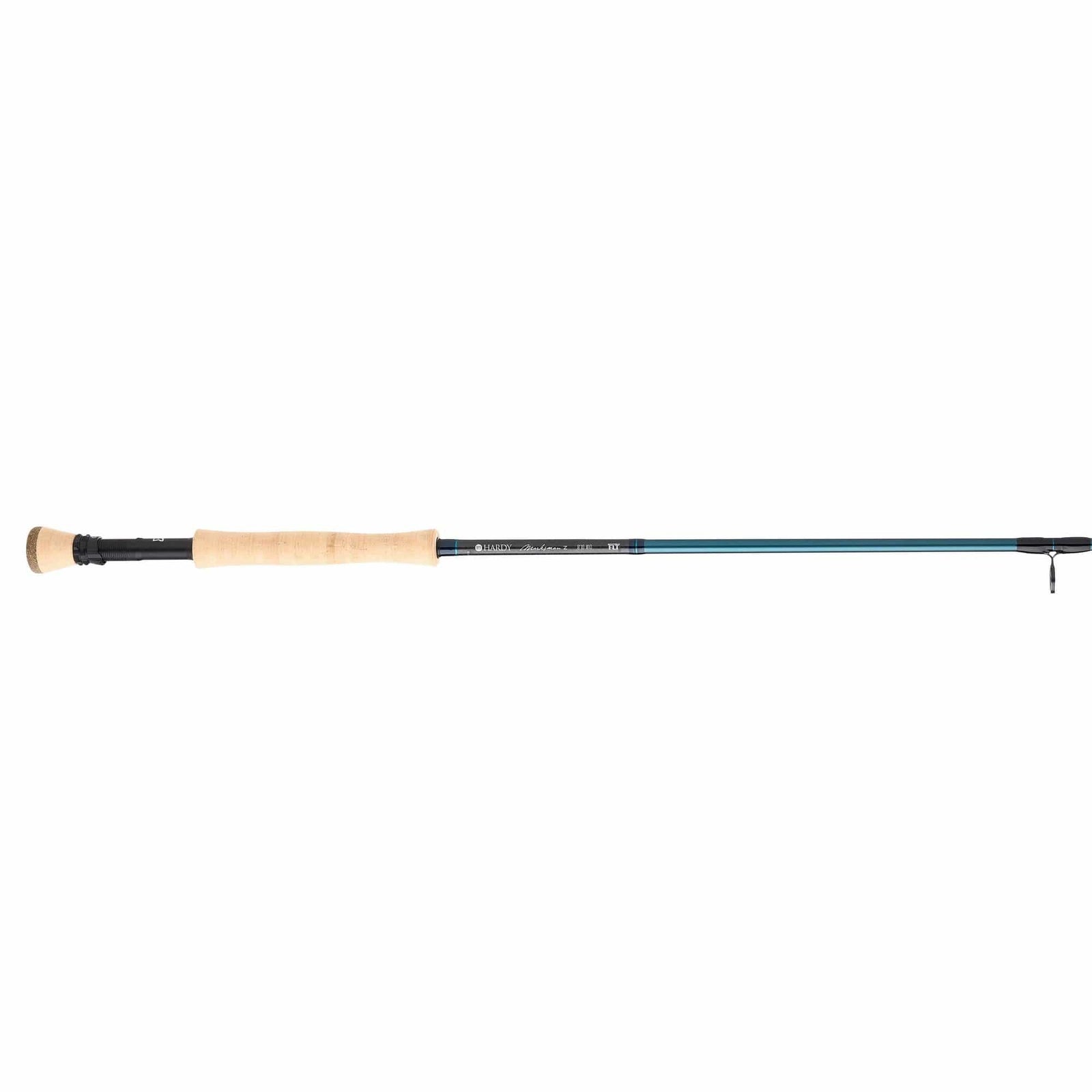


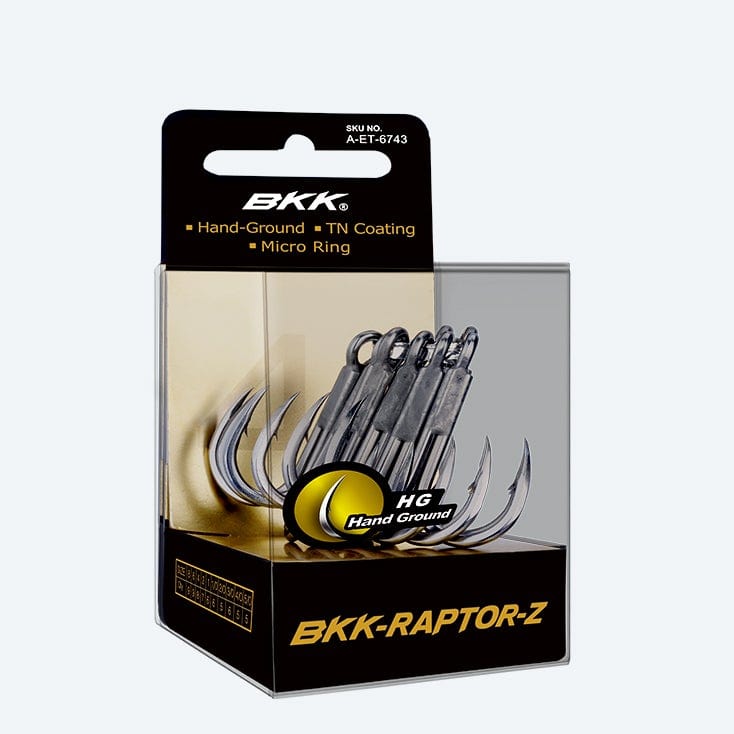


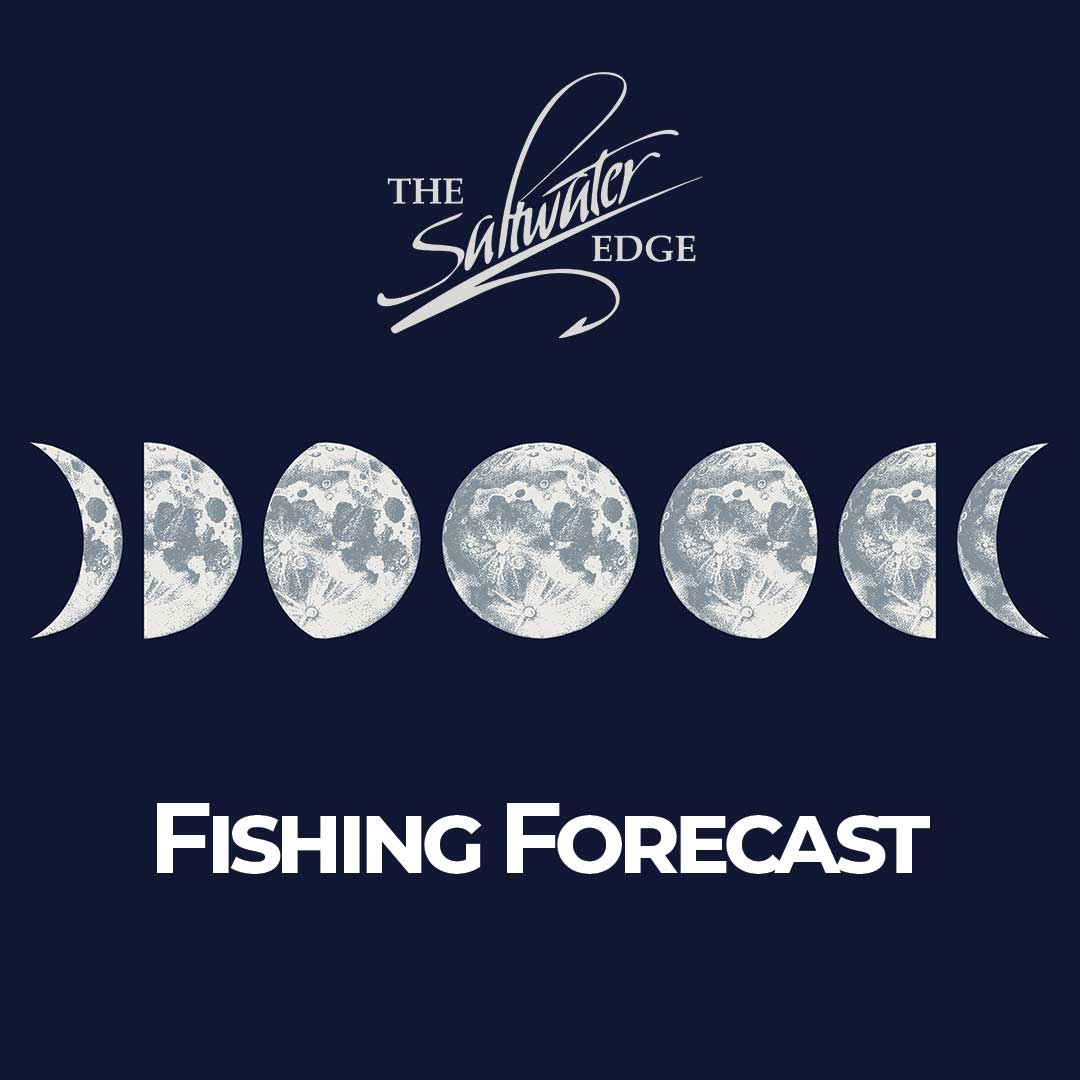
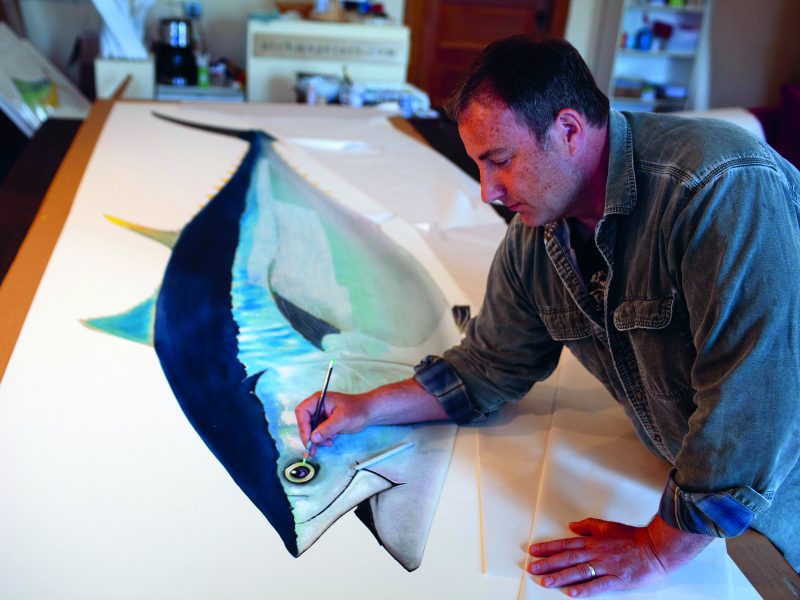
Johnny Meserve
January 11, 2021
Great article- these options help us survive ’till spring!!